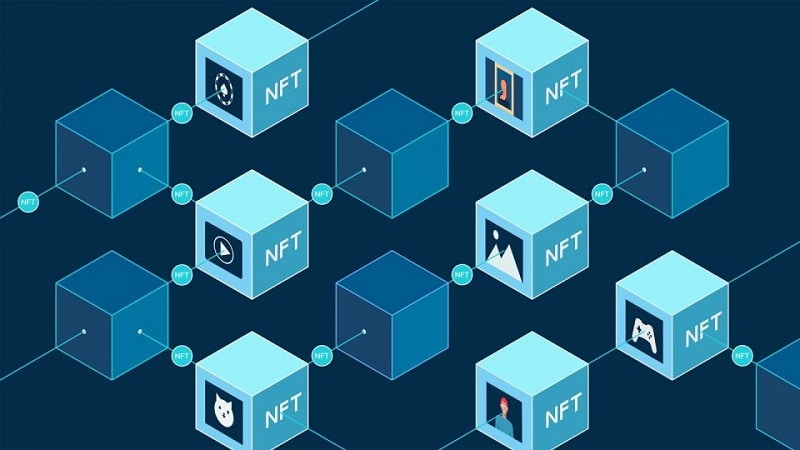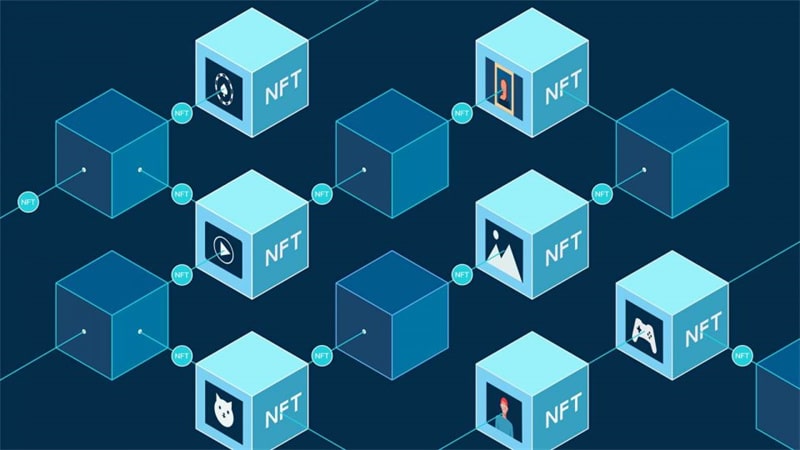
The technological landscape is evolving with unprecedented speed, and at the heart of this transformation is blockchain technology.
This has led to a growing demand for companies proficient in blockchain development services, as industries seek to leverage this revolutionary technology.
In this article, we're set to explore the depths of blockchain technology, offering insights from the forefront of the industry. From its definition to its wide-reaching implications, we'll cover what makes blockchain a pivotal innovation in today's digital era.
Definition of Blockchain Technology

Blockchain technology is a sophisticated form of database that enables the clear and open exchange of information across a business network. It organizes data into blocks, which are then interconnected in a chain.
Research from the McKinsey Technology Council indicates that by 2027, blockchain-enabled transactions might account for up to 10 percent of the worldwide GDP. It suggests that blockchain is not just a niche technology but is expected to become a major contributor to economic activities worldwide, influencing various sectors by enhancing transaction efficiency, security, and transparency.
The forecast underscores the increasing adoption and integration of blockchain into mainstream financial and business processes, marking it as a transformative technology with far-reaching implications for the future of global trade and commerce.
Blockchain is the technology behind cryptocurrencies like Bitcoin, but it's also being explored for other uses, such as securely sharing medical records, voting, and verifying the authenticity of products.
Advantages of Blockchain Technology
Blockchain technology offers a range of benefits that can transform how transactions and data are managed across various sectors:
Enhanced Security
By encrypting data and using unique cryptographic signatures, blockchain significantly reduces the risk of hacking, unauthorized access, and fraud.
Increased Transparency
All transactions on a blockchain are visible to authorized users, creating a transparent system where data integrity is easily verifiable by all parties.
Improved Efficiency
Blockchain streamlines and automates processes, eliminating the need for intermediaries, reducing paperwork, and speeding up transactions with smart contracts.
Reduced Costs
By cutting out middlemen and reducing transaction times, blockchain can help save on fees and operational costs.
Accessibility
Blockchain provides a platform for financial inclusion by offering access to financial services to unbanked or underbanked populations across the globe.
Innovation
By offering a secure and flexible platform for digital innovations, blockchain paves the way for new business models and applications, from cryptocurrencies and finance to healthcare, supply chain, and beyond.
These benefits position blockchain as a key driver of digital transformation, promising to reshape industries by fostering greater security, efficiency, and trust.
Core Features of Blockchain Technology

Here are a list of the main features of blockchain technology:
Decentralization
In the context of blockchain, it means shifting the power and decision-making process from one central point (like an individual, organization, or group) to a spread-out network. This setup in blockchain networks emphasizes transparency, reducing the reliance on trust among users. It also prevents any single participant from dominating or disrupting the network's effectiveness.
Transparency
Transactions on a blockchain are visible to all participants and cannot be altered once confirmed. This transparency ensures trust among users, as every action is verifiable and permanent.
Immutability
It signifies that once a transaction is entered into the shared ledger, it cannot be changed or modified. If there's an error in a transaction record, the only way to correct it is by adding a new transaction that counteracts the error, with both transactions being visible to everyone on the network.
Consensus
It means setting specific rules for how transactions are approved and added to the ledger. A transaction can only be recorded if a majority of the network's participants agree to it, ensuring that every change is accepted by the collective group.
Security
Blockchain uses cryptographic algorithms to secure data, making it tamper-proof. Each transaction is encrypted and linked to the previous one, creating a secure chain of data that is nearly impossible to hack.
These features combine to make blockchain a powerful technology with the potential to transform industries by enhancing efficiency, security, and transparency in transactions and data management.
Conclusion
In conclusion, blockchain technology is more than just the foundation of cryptocurrencies; it's a revolutionary digital framework that promises to redefine the global economy. The applications of blockchain extend far beyond financial transactions, offering solutions for data management, supply chain integrity, digital identity, and much more.
Looking ahead, the journey of blockchain technology is bound to be dynamic and transformative, influencing not only how businesses operate but also how individuals interact with the digital economy.










